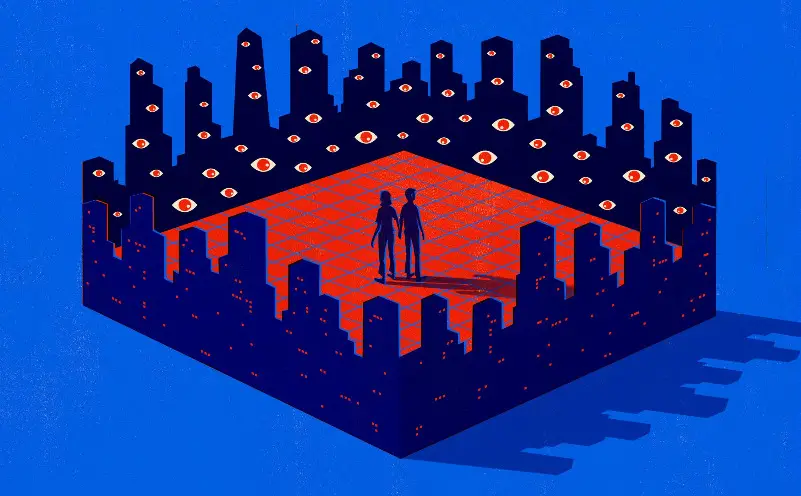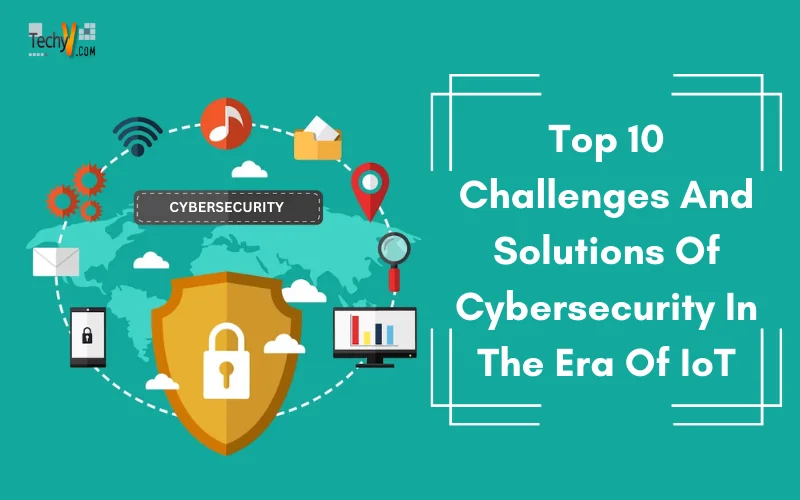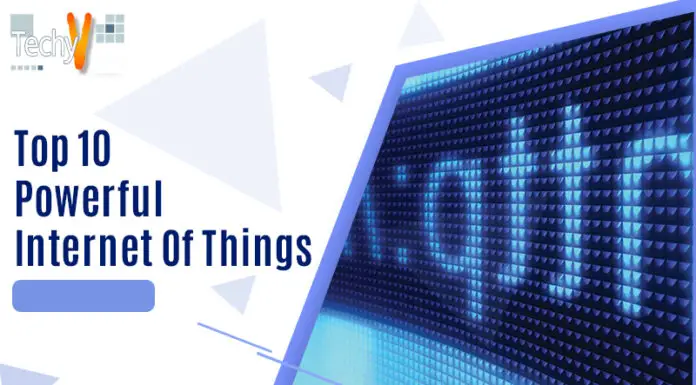A potent method for identifying people by distinctive physical or behavioral traits in the age of technology developments is biometric monitoring. The technology presents serious issues regarding civil rights and privacy, even if it may have benefits in terms of security and efficiency. To ensure the proper use of this technology, this article discusses the top 10 effects of biometric surveillance on civil liberties while also exploring the potential hazards and difficulties that must be overcome.
1. Invasion Of Privacy
The sensitive personal data that biometric surveillance systems capture and retain might include DNA profiles, fingerprints, and facial characteristics. Since people’s specific biometric data may be used to follow their locations and activities without their knowledge or agreement, this poses serious privacy invasion issues. The pervasiveness of biometric monitoring undermines people’s capacity to remain anonymous in public settings and infringes on their right to conduct their daily lives unobserved and unidentified.
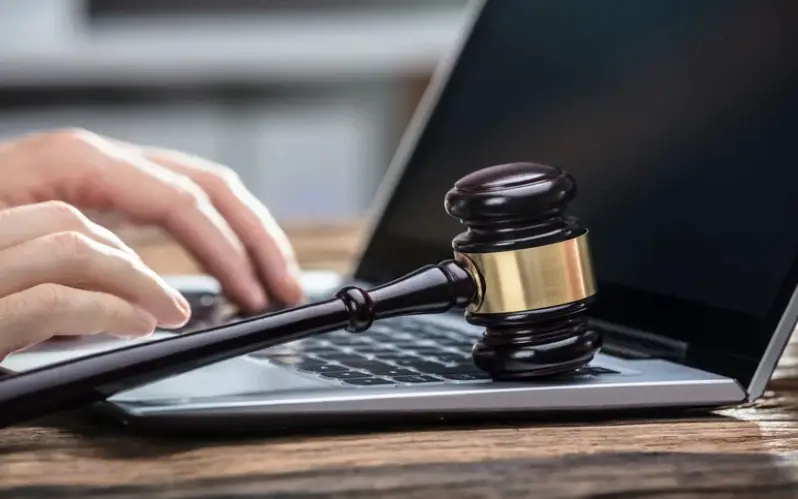
2. Loss Of Anonymity
Once obtained, biometric information can be inextricably connected to a person’s identity. Civil freedoms are severely threatened by this loss of anonymity. An essential component of personal freedom is the capacity to move without being seen in public places. This allows people to express themselves, form relationships, and participate in activities without worrying about being watched. With the use of biometric monitoring, this freedom is restricted, possibly resulting in a society where every activity is scrutinized, impeding both individual liberty and social advancement.
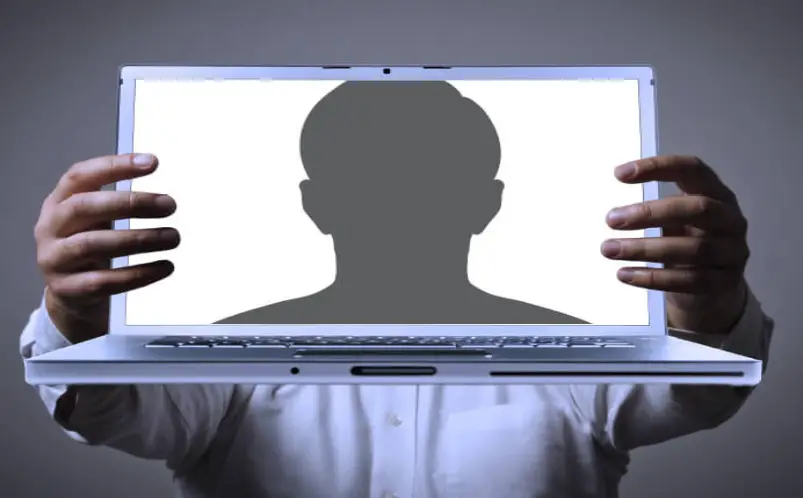
3. Risk Of Misuse
The possibility of abuse exists with biometric authentication as well. Biometric identification may provide improved data and system security, but when biometric data is obtained and exploited, the consequences might be serious. Consider a password as an example. A compromised password just needs the user to change it. When biometric data is taken, an individual’s unchangeable attributes cannot be restored. A company system that tracks its employees’ biometric information may be a gold mine for hackers in the case of a successful security breach.

4. Function Creep
Function creep is a common occurrence in biometric surveillance systems used for specialized tasks like border control or law enforcement. This happens when the system’s initial objective is expanded beyond its intended boundaries, which results in wider use of the technology. Concerns regarding mission creep, in which biometric monitoring is used for unrelated objectives and perhaps violates civil liberties, are raised by function creep. To avoid the unchecked spread of biometric monitoring without the necessary reason, it is imperative to set up explicit restrictions and stringent rules.
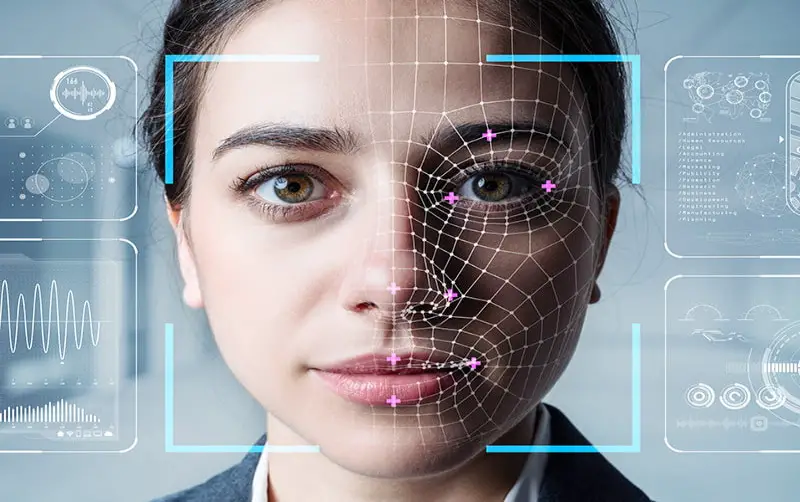
5. Discrimination And Bias
It has been discovered that biometric systems have biases, notably towards racial and ethnic minorities or populations who are already marginalized. Recognization algorithm errors can lead to incorrect identifications and profiling, which can exacerbate already-existing disparities and disproportionately affect some groups. These prejudices weaken the values of justice and fairness and continue systemic injustice. To resolve this problem, ongoing research, development, and testing of biometric technologies are required to guarantee their accuracy, remove prejudices, and safeguard civil rights for everyone, regardless of their backgrounds.
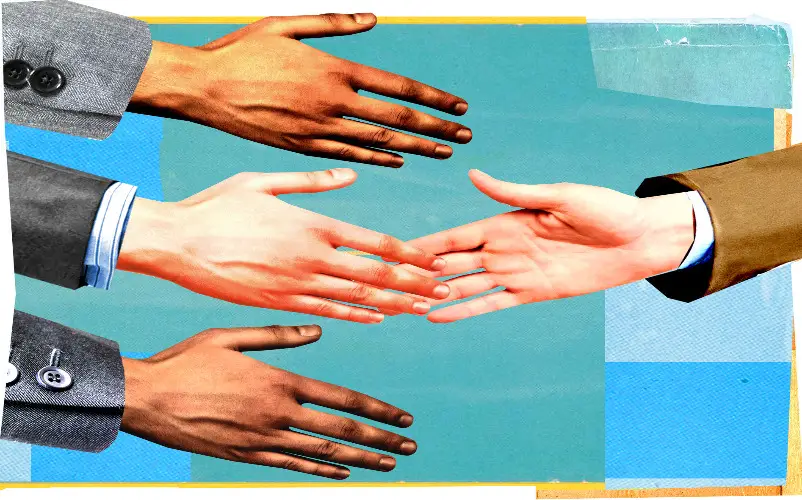
6. Chilling Effect On Freedom Of Expression
The availability of biometric surveillance may make people less eager to exercise their right to assembly, association, and speech. People may refrain from carrying out legal actions, expressing dissident viewpoints, or taking part in public events because of a concern about being continually watched and recognized. This chilling effect weakens democracy’s vitality and restricts people’s freedom to express their thoughts and participate in public debate. A free and open society that values participation and differing viewpoints must be preserved while maintaining security concerns to protect civil rights.
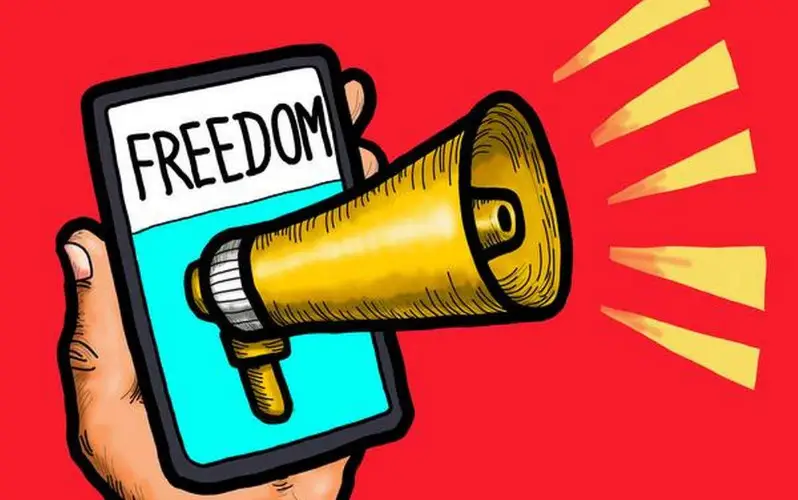
7. Limited Consent And Opt-out Options
People have little discretion over their participation in biometric monitoring, unlike other types of identification like ID cards or passwords. Biometric systems function in public settings, when obtaining consent and exercising a right to object are frequently difficult or impossible. The capacity to defend one’s privacy and one’s sense of autonomy is called into question by this lack of control. The creation of explicit laws that enable people to give informed permission, exercise choice, and opt out of biometric surveillance if they so choose is necessary to strike a balance between public safety and civil freedoms.

8. Surveillance Creep
The use of biometric surveillance devices can lead to a culture of constant monitoring and recording of people’s whereabouts and activities. The fundamental right to privacy is undermined by this creeping monitoring, which makes society a place where everyone is always being watched. Acceptance of surveillance methods may erode resistance to further civil rights abuses, escalating a downward trend that undermines democratic values and societal norms. The delicate balance between security and civil liberties must be maintained, and this calls for comprehensive legislation, strong regulatory frameworks, and extensive public education programmes.
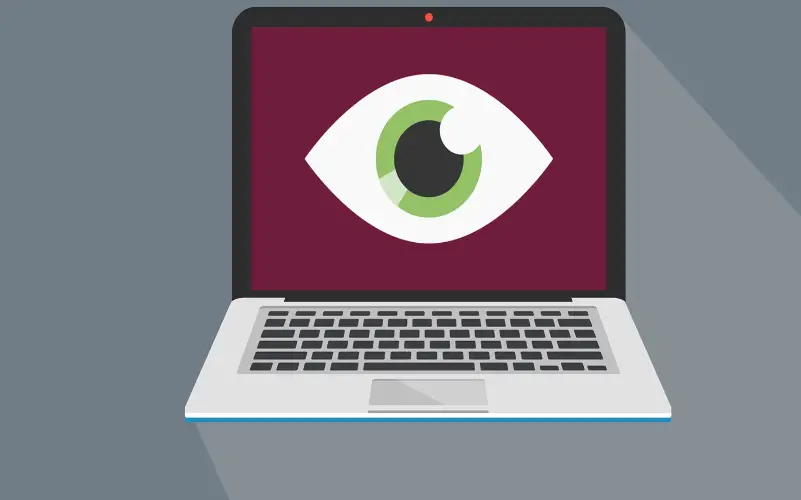
9. Lack Of Transparency And Accountability
People frequently lack understanding of how their data is gathered, kept, and utilized because of the implementation of biometric surveillance technology, which lacks transparency. Concerns regarding the possibility of misuse or faults in the system are raised by the absence of defined standards and accountability measures. To ensure the ethical and responsible use of biometric surveillance technologies, mechanisms for accountability and transparency must be established. Reducing the hazards associated with uncontrolled and ambiguous monitoring practices, enables people to hold authorities responsible, promotes systemic confidence, and protects civil rights.

10. Normalization Of Surveillance
Biometric surveillance exposure over time can normalize monitoring methods and erode public opposition to additional invasions of human rights. People may begin to accept continual monitoring as the norm once it becomes prevalent, creating a culture where it is not questioned. The protection of civil liberties is severely threatened by this normalization since it affects cultural norms surrounding personal freedom and privacy. Active public participation, strong legal frameworks, and constant conversations about the trade-offs between security and individual rights are necessary to protect civil liberties in the face of normalization.
